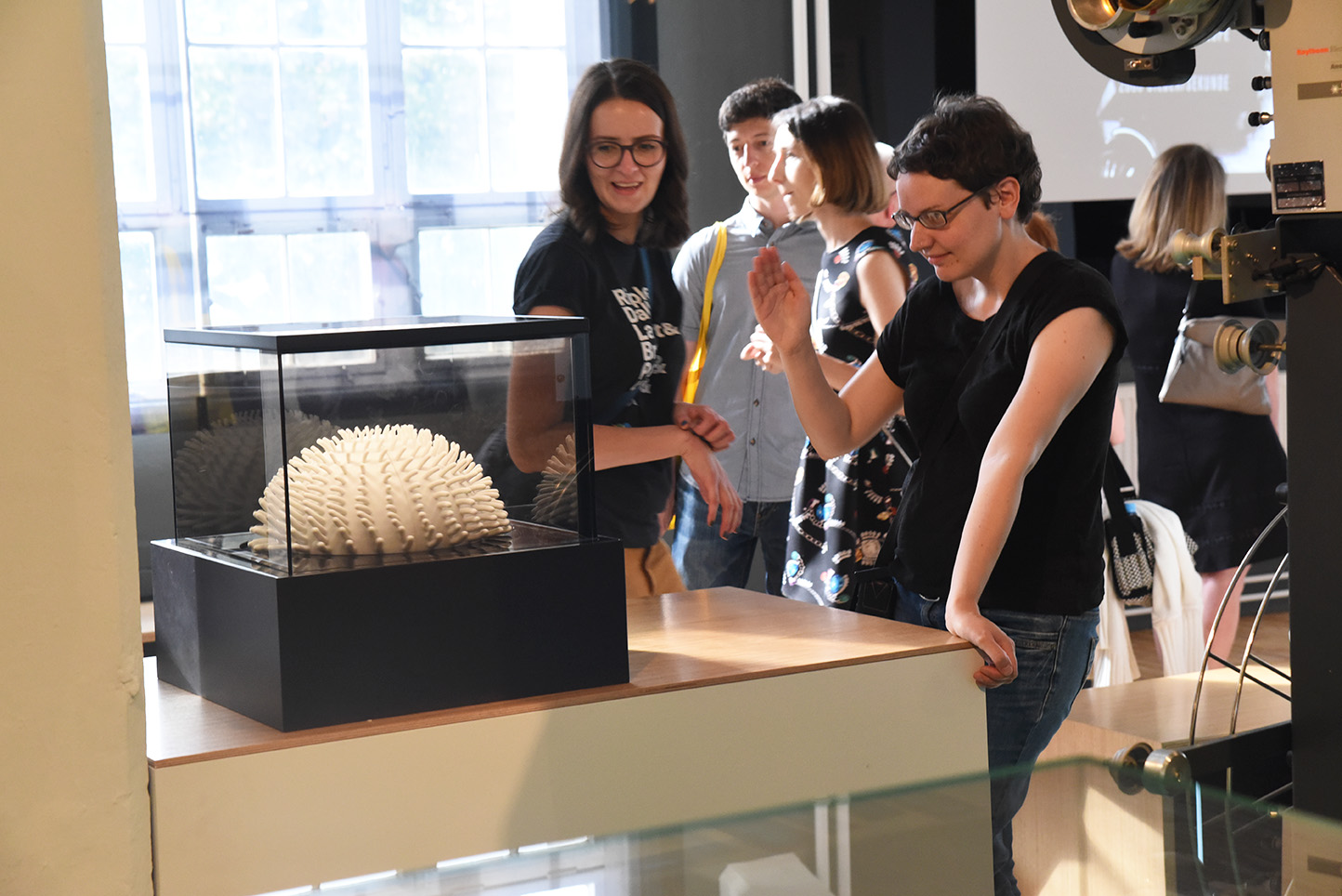
Eyes and brain form a powerful alliance: together they can construct images from particles of light. The sense of sight provides us with up to 80 per cent of the information about our outside world. The eyes permanently occupy a quarter of the brain. But the world in our heads also has its limits: The eye is sluggish, people are forgetful.

The history of technical image media goes back a long way. Over the last two hundred years, we have created an entire arsenal in the field of tension between image and imagination: The peep box, camera, film camera, projector, »flicker box«, smartphone – always with the aim of creating perfect images of the world, storing them and showing them to others. These devices have also helped us to understand how our vision works and where our eyes and brain need technical support.

New techniques of image production have created entire industries, changed our viewing habits and expanded the horizons of the visible. They have also influenced our trust in images. A shortage of images has long since turned into a flood of images. While the production of images used to be the preserve of a few technically skilled experts, today anyone can take their own photos and films and share them worldwide. Moments are fleeting: to freeze them, we create a technical image. Moving scenes seem alive: Preserved films can take us to places and times never travelled. Three-dimensional vision seems real: it allows us to immerse ourselves, even in virtual spaces.
























